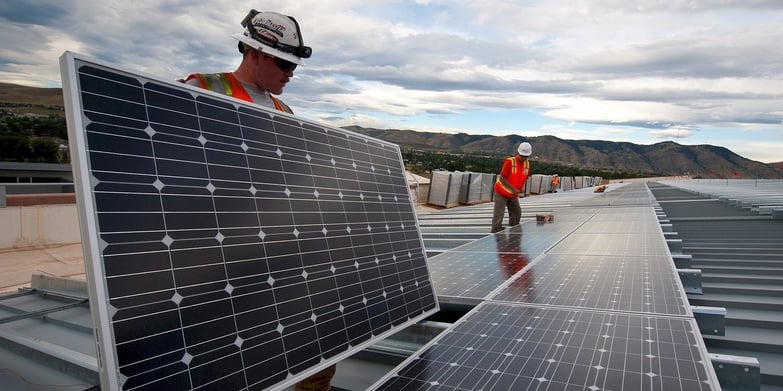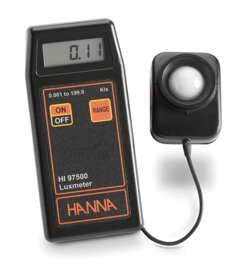
Environmental concerns surrounding carbon dioxide emissions have grown significantly over the last few decades, resulting in a global search for an alternative to fossil fuels to provide energy.
Increasing the amount of energy obtained from renewable sources will help reduce the amount of carbon dioxide pollution produced each year and decrease energy bills over time. Renewable energy comes in many forms such as wind, geothermal, hydroelectric, hydrogen, and solar power, just to name a few. Among homeowners and small businesses, solar energy is gaining popularity.
Growth in solar energy can be attributed to the decreasing price of installation and expansions in battery technology for energy storage. Solar panels require little maintenance, as there are no moving parts; they generally last 20 to 30 years before needing replacement.
The amount of energy generated by the sun in one minute is equal to the energy used across the globe in one year. However, harvesting this energy is a difficult task. As technology advances, solar energy is becoming a much more viable energy source. To convert the sun’s energy to electricity, sunlight is collected using solar panels. A solar panel is made up of many individual photovoltaic cells that convert light to energy. In the 1880s, photovoltaic cells had an efficiency of 1 to 2%. Today, photovoltaic cells can reach an efficiency of 40%.
A solar panel installation company contacted Hanna Instruments about measuring light intensity. The amount of sunlight that reaches solar panels varies depending on geographical and physical location. In an effort to provide their customers with the highest solar panel efficiency, they wanted to be sure the panels were being mounted in the most efficient locations when performing an installation or estimate. By measuring the light intensity at various points of the customer’s roof or desired installation site, they could ensure the panels were placed at the best location and angle. The density of light falling on a surface is measured in units of lux; the average reading for sunlight is 30,000 to 100,000 lux (30 to 100 Klux).

Hanna Instruments recommended the Portable Lux Meter - HI97500. The HI97500 has three ranges covering 0.001 to 1.999 Klux, 0.01 to 19.99 Klux, and 0.1 to 199.9 Klux. The customer used the highest range, since they were taking readings on sunny days. The ±6% of reading ±2 digits accuracy gave the customer confidence the readings were accurate for their installations. The 1.5 meter cable connecting the light sensor to the meter allowed the customer to take readings from a distance, ensuring that shadows did not interfere with the readings.
The customer appreciated the rugged, water-resistant body since it was consistently used in the field. The fast, one minute stabilization time of the HI97500 allowed the customer to quickly and efficiently assess the optimal locations and angle for solar panel placement. The HI97500 provided a fast, accurate solution for lux measurement enabling this business owner to provide exceptional service for their customers.
That's why we've dedicated our blog as a helpful resource for you to use! Catch up on the latest products, explore industry trends, discover testing tips, learn how to improve results, and more. Got questions? Email sales@hannainst.com.
